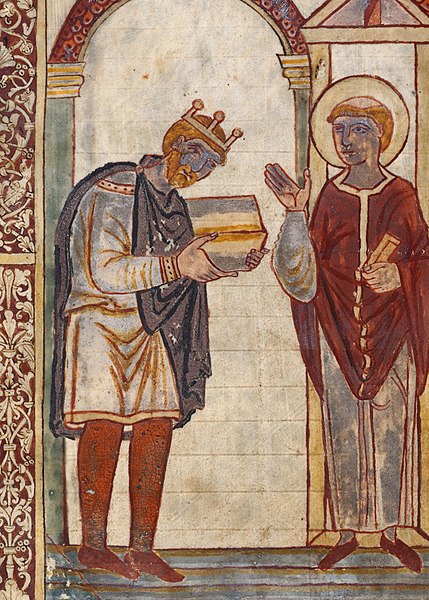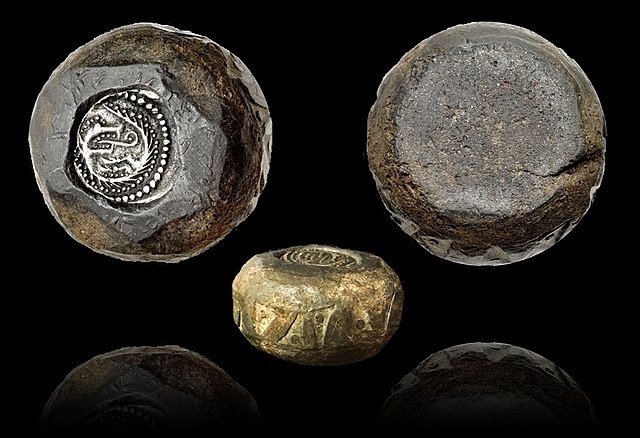The Kingdom of the East Saxons, referred to as the Kingdom of Essex, was one of the seven traditional kingdoms of the Anglo-Saxon Heptarchy. It was founded in the 6th century and covered the territory later occupied by the counties of Essex, Middlesex, much of Hertfordshire and west Kent. The last king of Essex was Sigered of Essex, who in 825 ceded the kingdom to Ecgberht, King of Wessex. From 825 Essex was ruled as part of a south-eastern kingdom of Essex, Kent, Sussex and Surrey. It was not until 860 that Essex was fully integrated into the crown of Wessex.
The Diocese of London in 1714. The diocese had its roots in the East Saxon kingdom, and was probably originally larger than shown here.
St Peter’s Chapel, Bradwell-on-Sea. Established by St Cedd, the patron saint of Essex around 662, it was built on the site of the abandoned Roman Saxon Shore fort of Othona.
The Anglo-Saxons were a cultural group that inhabited much of what is now England in the Early Middle Ages, and spoke Old English. They traced their origins to Germanic settlers who came to Britain from mainland Europe in the 5th century. Although the details are not clear, their cultural identity developed out of the interaction of these settlers with the pre-existing Romano-British culture. Over time, most of the people of what is now southern, central, northern and eastern England came to identify as Anglo-Saxon and speak Old English. Danish and Norman invasions later changed the situation significantly, but their language and political structures are the direct predecessors of the medieval Kingdom of England, and the Middle English language. Although the modern English language owes somewhat less than 26% of its words to Old English, this includes the vast majority of words used in everyday speech.

Page with Chi Rho monogram from the Gospel of Matthew in the Lindisfarne Gospels c. 700, possibly created by Eadfrith of Lindisfarne in memory of Cuthbert
King Æthelstan presenting a gospel book to (the long-dead) St Cuthbert (934); Corpus Christi College, Cambridge MS 183, fol. 1v
The Oseberg ship prow, Viking Ship Museum, Oslo, Norway.
Anglo-Saxon-Viking coin weight. Material is lead and weighs approx 36 g. Embedded with a sceat dating to 720–750 AD and minted in Kent. It is edged with a dotted triangle pattern. Origin is the northern Danelaw region, and it dates from the late 8th to 9th century.






